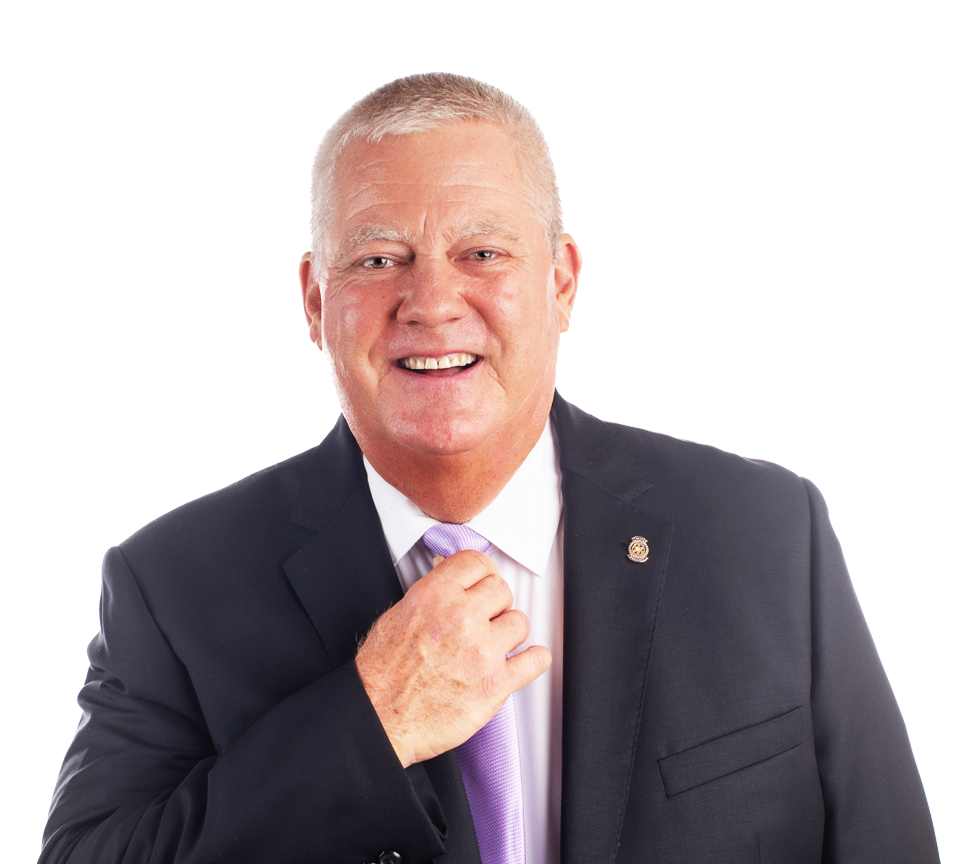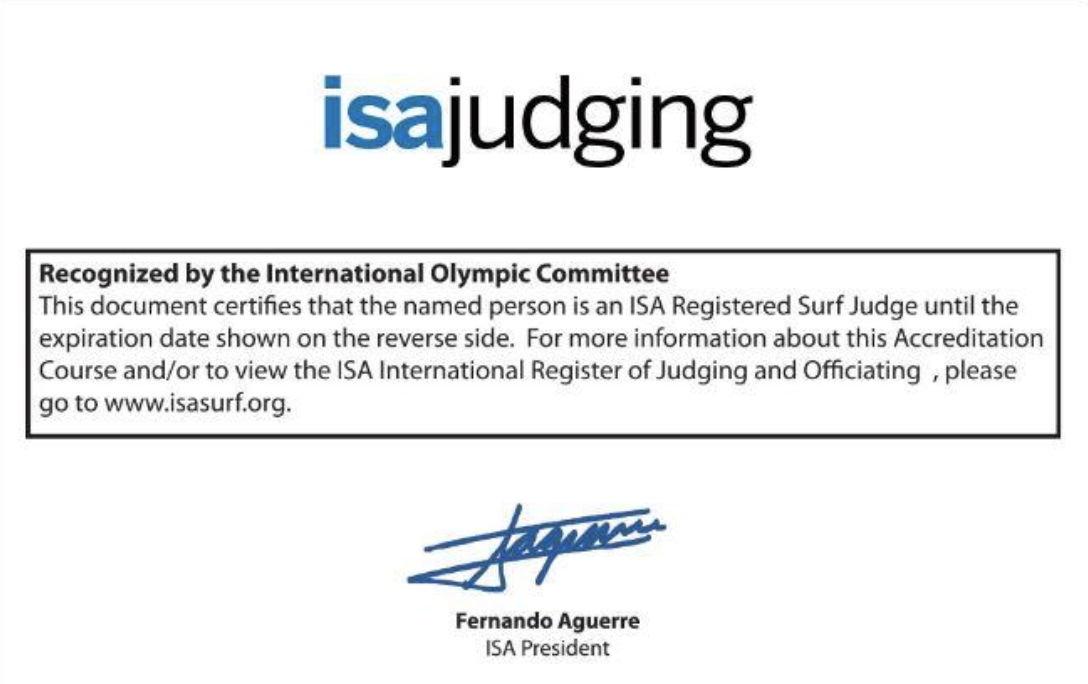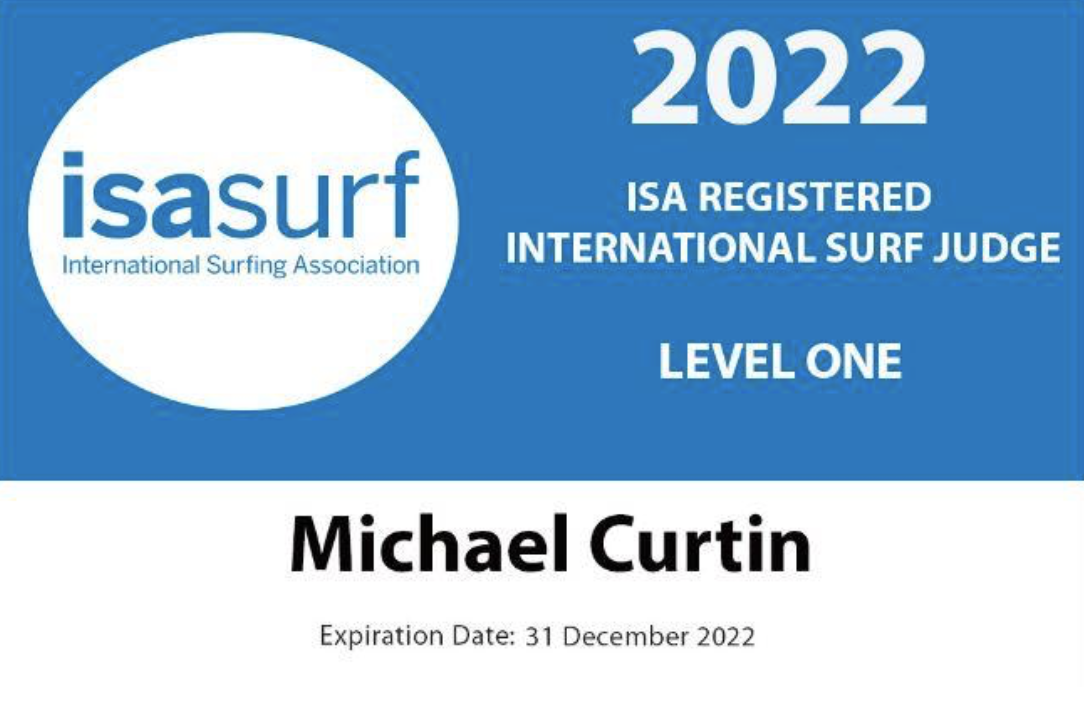In retirement
After a lengthy period of rehab following the surgery, I embarked on a life of service in retirement. I was drawn to Rotary, in part because it was something I could share with my aging father, but also because of Rotary’s global focus on polio eradication.
When I had arrived in sub-Saharan Africa years before, I saw what I thought was an unusually large population with birth defects. I didn’t realize at the time that I was looking at polio, a disease I had never really seen before.
When I thought back on my life in the developed world, I had known a few older people that had some residual physical effects from exposure to polio as a child but those were largely invisible to me, unlike in Africa where you could not escape seeing it all around you.
Rotary International committed in 1987 to eradicate polio from the planet and today, thanks in large part to the efforts of Rotarians worldwide, polio is endemic in only 2 countries in the world: Afghanistan and Pakistan.

I am extremely
proud of being a part of Rotary
Because it’s a non-religious, non-political organization dedicated to service, simply to doing good in the world. I’ve been President of my Club for 2 years and, following that, I was an Assistant District Governor for the next 5 years. That service ended a couple years ago so I’m back to being just a regular Rotarian.
In 2014 I noticed that the City put out a notice about the upcoming Carlsbad Community Emergency Response Team (CERT) Academy starting in 2015. It seemed like a great way to give back to my city and local community, so I ended up getting selected for that Academy class and completed the training.
This was a year after the “Poinsettia Fire,” so we haven’t had a large-scale activation in the city since, but we constantly train for the inevitable and I’ve always tried to participate in the CERT community outreach efforts at our Village Fairs and other community events.

Since coming back to Carlsbad, I was reunited with one of my “first loves,” the ocean. I hadn’t surfed since I was a kid, but I still loved the thought of it, so I saw an opportunity to participate in the sport in a different way – I became an International Surfing Association Certified International Surf Judge, starting at Level 1.
At my age, I also rediscovered something I had loved earlier in life also, fishing. I happened upon a surf fishing online forum and I was “hooked!” For years, I’ve spent many an evening walking every inch of Carlsbad beaches surf fishing and have caught almost every species imaginable. This one was probably my Personal Best, a 20 lb. Halibut.
Another volunteer activity that had kept me busy is serving on the Board of the San Diego Section of the American Institute for Aeronautics and Astronautics (AIAA). With nearly 30,000 individual members from 91 countries, and 95 corporate members, AIAA is the world’s largest technical society dedicated to the global aerospace profession.
I have been a longtime member of AIAA and a few years back, I noticed that the San Diego Section was looking to replace a longtime member on the Board who had served as the regional Public Policy Director, so I took on that challenge.

Coincidentally, I had become more active in the AIAA community the last couple years because I always had figured I had one last startup in me and I had become extremely interested in the challenge that Space Debris posed to the future of space travel and operations. If I was going to work full time again, it had to be on something that really made a global impact, and I thought that the Space Debris problem had all the attributes I was looking for.
I had been working with a couple of Physicists, one of which is a real “rocket scientist” out of MIT, on possible solutions for addressing the growing problem of debris that’s littering earth’s usable orbits. It’s an exceptionally complex problem to address, but we had come up with a few ideas that we were working on.
This would take a few years of R&D to prove our ideas and events in Carlsbad had overtaken Space Debris on my priority list. Without any competitive solutions on the horizon, I decided that I could put the startup on hold and do the previously unthinkable – run for Mayor of Carlsbad.
And, when I’m not doing all that, I’m the “Grandpa” to my adorable granddaughter, Runa!





